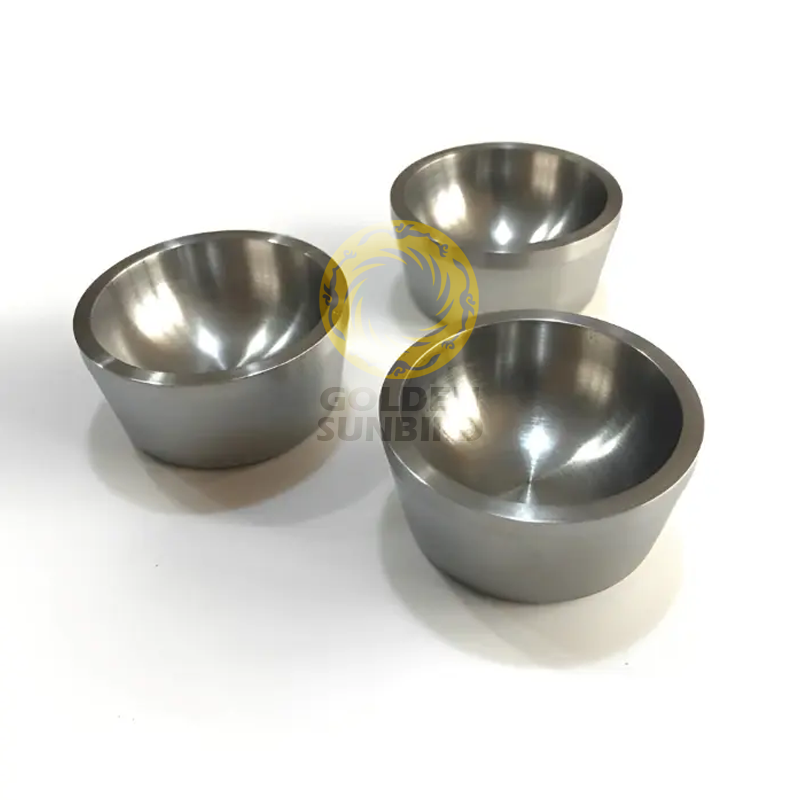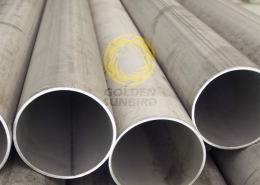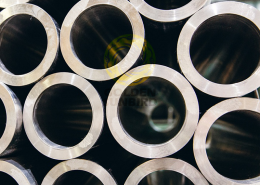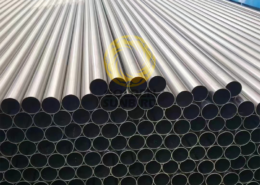Niobium Crucible
- Niobium Melting Point: About 2468°C (4474°F)
- Niobium Density: 8.57 g/cm³
- Diameter: 10 – 700mm
- Height: 25 – 900mm
- Wall Thickness: 3 – 30mm
Features
Niobium Crucible
Niobium crucible stand out for their unique combination of properties, making them suitable for a range of specialized applications, particularly in industries requiring materials that can withstand extreme conditions.
Key Properties
High Melting Point: Niobium has a melting point of about 2468°C (4474°F), enabling its use in high-temperature processes.
Corrosion Resistance: It exhibits excellent resistance to a wide range of chemical attacks, except for hydrofluoric acid and highly concentrated acids.
Good Thermal Conductivity: Facilitates uniform heating and cooling, which is crucial in processes requiring precise temperature control.
Ductility: Even at low temperatures, niobium remains ductile, allowing it to be formed into various shapes without breaking.
Dimensions
Diameter: 10 – 700mm
Height: 25 – 900mm
Wall Thickness: 3 – 30mm
Volume Capacity: From small volumes appropriate for precise laboratory experiments to larger sizes needed for bulk processing in industrial settings.
Applications
Superconducting Materials: Niobium is used in the production of superconducting wires and cables due to its excellent superconducting properties.
High-Temperature Alloys: Its resistance to high temperatures and chemical corrosion makes it a key component in alloys for aerospace and other high-performance applications.
Chemical Processing: Niobium crucibles are used in the chemical industry for reactions requiring high corrosion resistance.
Electronics and Optics: In the manufacturing of certain electronic components and optical elements where high purity and resistance to heat are necessary.








